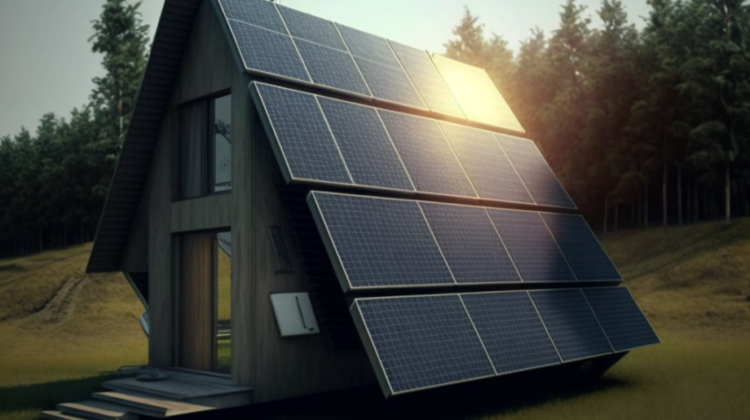
With the increasing importance of renewable energy sources, solar panels have become popular for individuals and businesses looking to reduce their reliance on fossil fuels. However, the efficiency of solar panels is heavily dependent on their placement. So, where is the best place to put a solar panel?
The most crucial factor to consider when placing a solar panel is the amount of sunlight it will receive. Solar panels are most effective when positioned to receive the maximum sunlight possible. This means they should be placed in a location unobstructed by trees, buildings, or other objects that could cast shadows on the panel. Ideally, the solar panel should be placed in an area that receives direct sunlight for most of the day.
One of the most common places to install solar panels is on the roof of a home or business. Roofs are generally unobstructed by trees or other buildings, making them an ideal location for solar panels. In addition, roofs are often angled so that they receive direct sunlight for most of the day. However, the direction that the roof faces can impact the effectiveness of the solar panels. In the northern hemisphere, a south-facing roof is the best option, as it will receive the most sunlight throughout the day. In the southern hemisphere, a north-facing roof is preferable.
Another option for solar panel placement is on the ground. This can be a good choice if the property has a large open area that receives a lot of sunlight. Ground-mounted solar panels can be angled to face the sun directly, increasing efficiency. However, installing ground-mounted solar panels can be more expensive than roof-mounted panels.
Another important factor to consider when placing solar panels is the area’s climate. In areas with a lot of cloud cover or frequent rain, solar panels may not be as effective as in a sunnier location. In addition, extreme temperatures can also impact the effectiveness of solar panels. Solar panels can become less efficient in very hot temperatures, while in frigid temperatures, snow and ice can build up on the panels and reduce their effectiveness.
Finally, it’s important to consider the local regulations and building codes when placing solar panels. Some areas may restrict the placement of solar panels or require permits or inspections before they can be installed. It’s important to check with local authorities before installing solar panels to ensure they comply with all regulations.
The best place to put a solar panel is in a location that receives direct sunlight for most of the day and is unobstructed by trees, buildings, or other objects. While roofs are a popular choice for solar panel placement, ground-mounted panels can also be effective if the property has a large open area. It’s important to consider the climate of the area and any local regulations before installing solar panels. By considering these factors, individuals and businesses can maximize the effectiveness of their solar panels and reduce their reliance on fossil fuels.